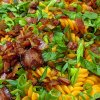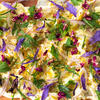

What Happens In Your Body When You Eat Whole vs Refined Grains |…

Q&A with Organizational Pro Peter Walsh + Dermatologist Shares A…
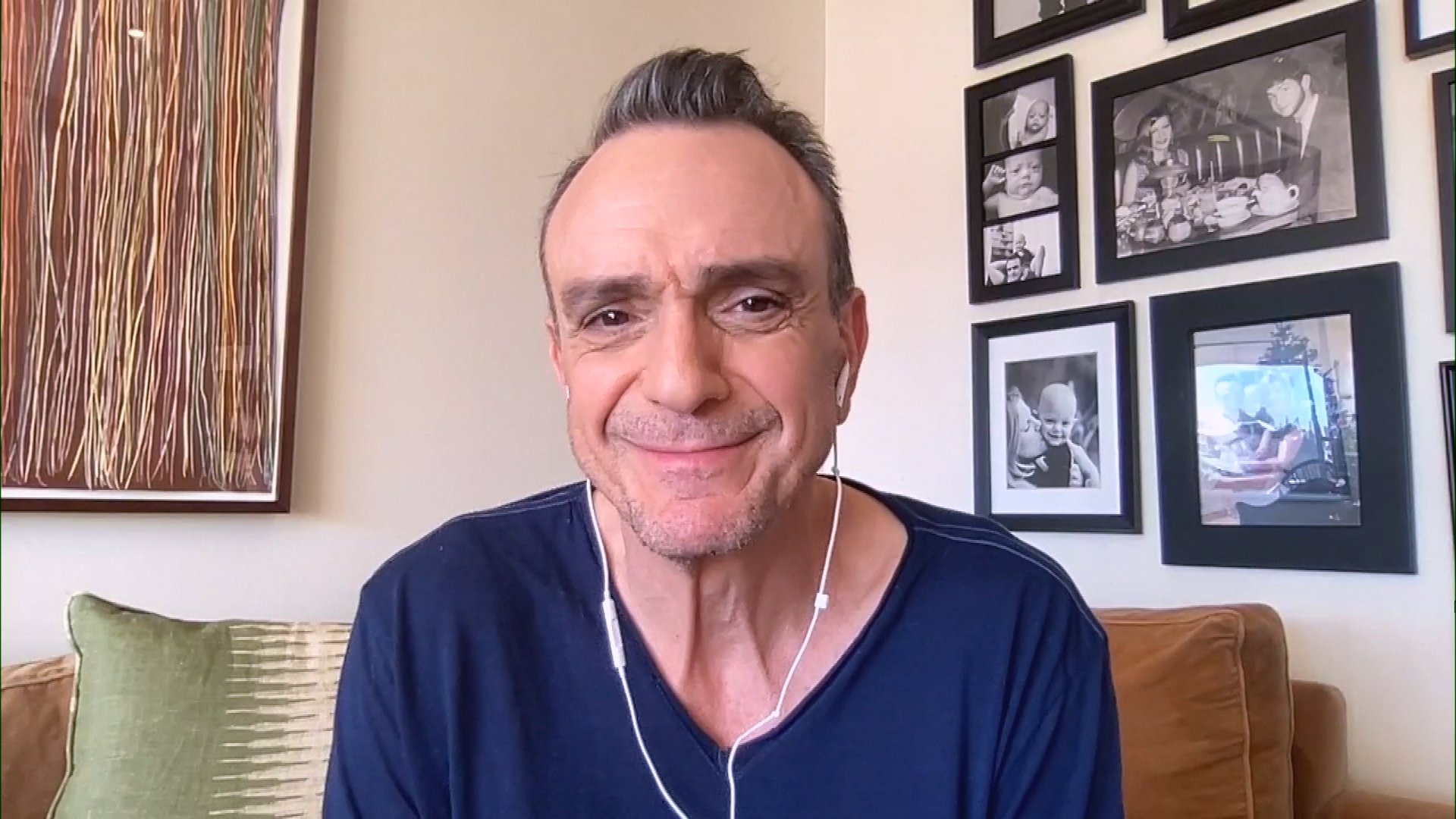
Actor Hank Azaria + Freezer Meals + Artichokes 2 Ways with Rach
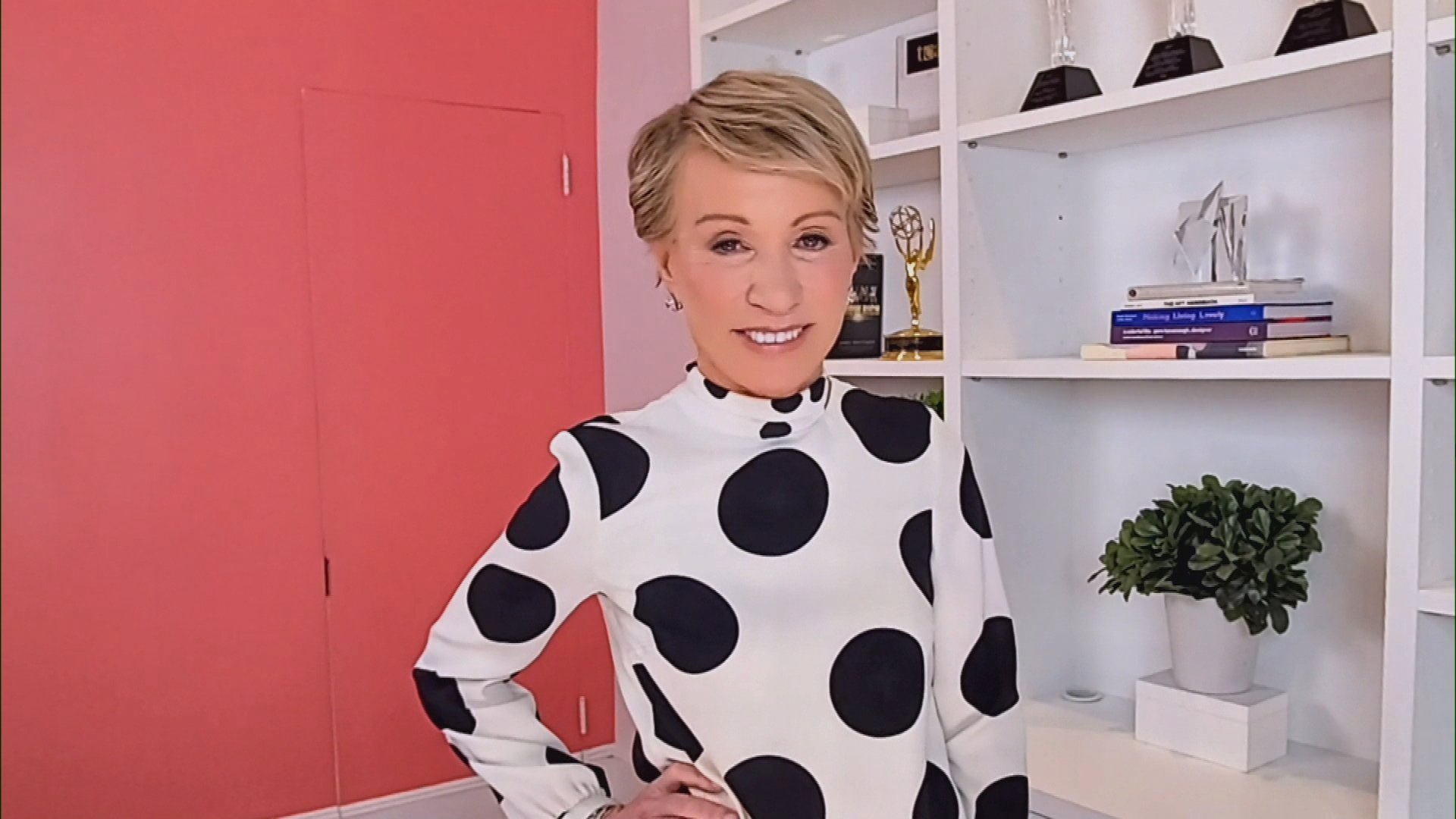
See Inside Barbara Corcoran's Stunning NY Apartment + It's Steak…
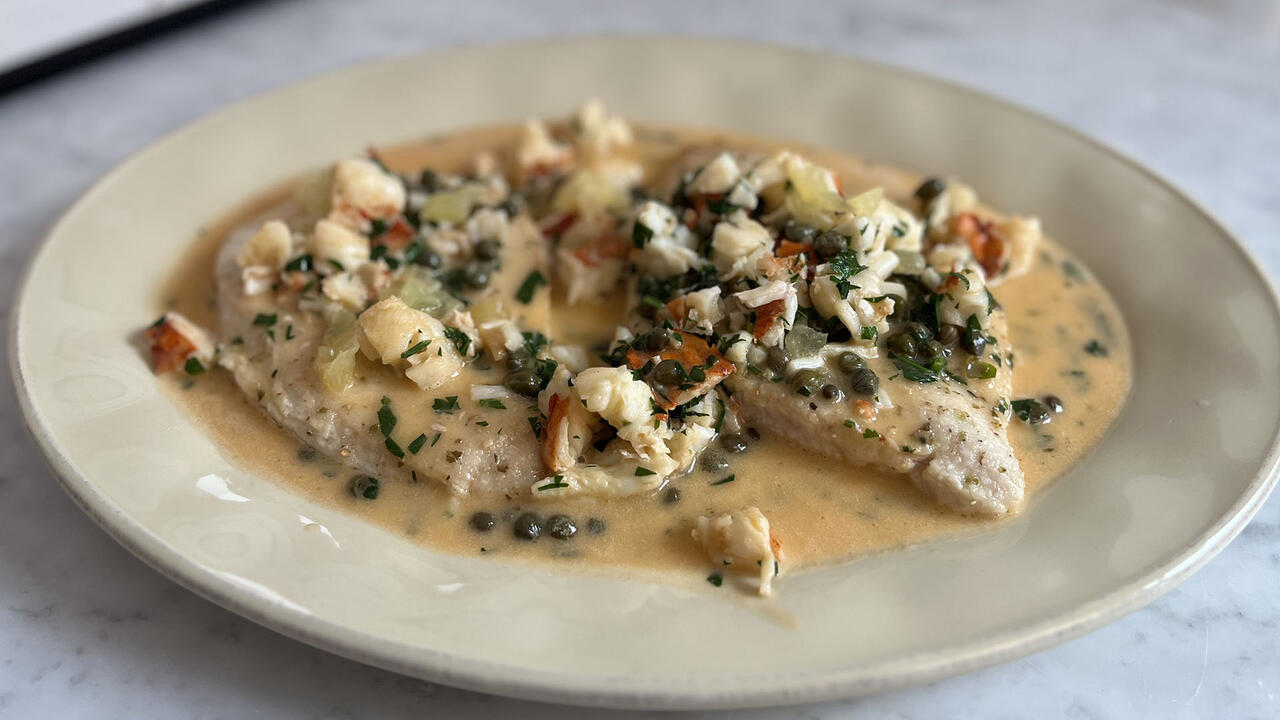
How to Make Chicken and Lobster Piccata | Richard Blais
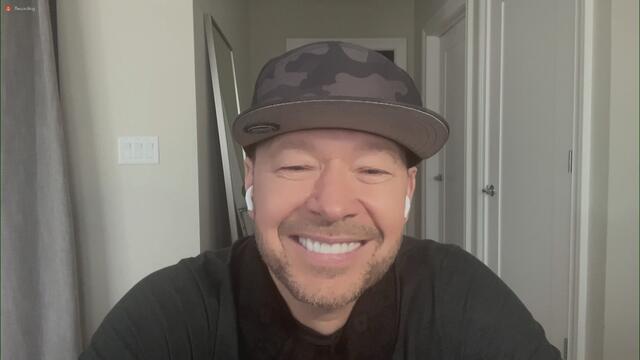
Donnie Wahlberg Spills Details About NKOTB's First Ever Conventi…

Donnie Wahlberg + Jenny McCarthy Say Rach Is Such a "Joy" + Look…

The Best Moments From 17 Seasons of the Show Will Make You Laugh…

How to Make Crabby Carbonara | Rachael Ray
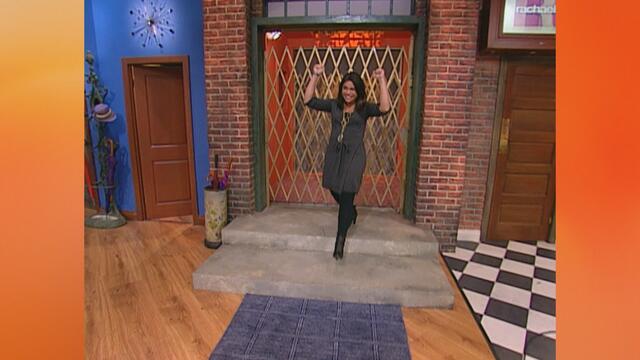
Rach Chats "Firsts" In Flashback From Our First Episode Ever In …
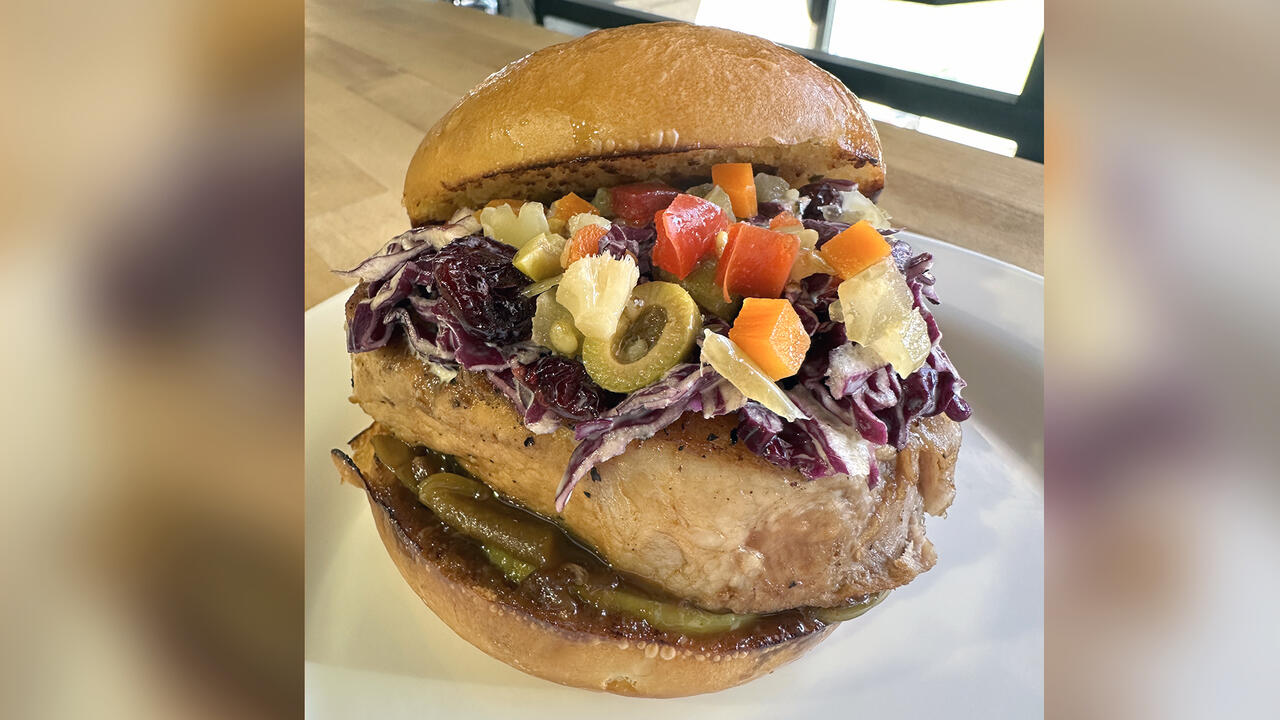
How to Make Apple-Cider Braised Pork Chop Sandwiches with Onion …
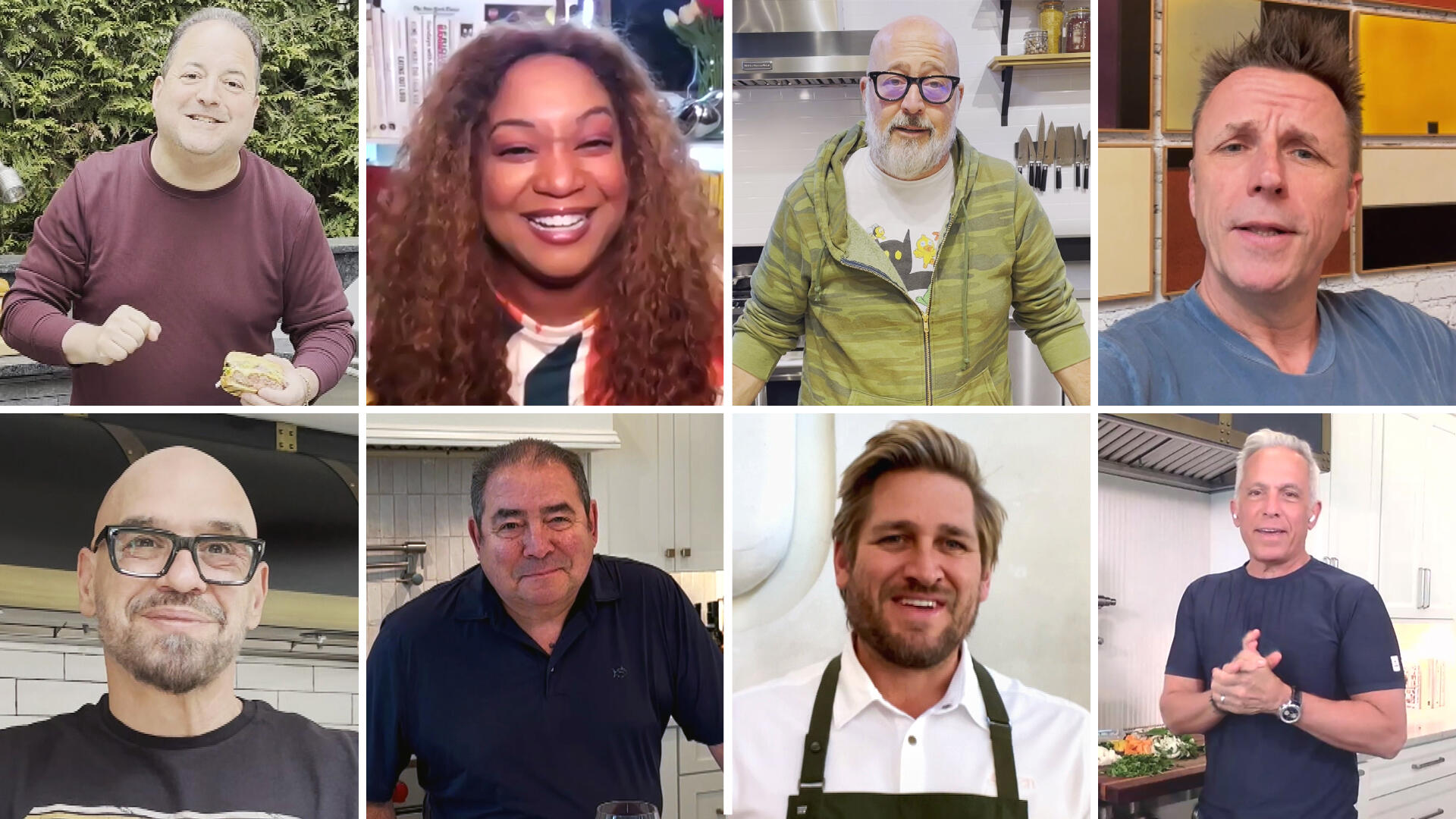
Rach's Chef Pals Say Goodbye to Show in Surprise Video Message
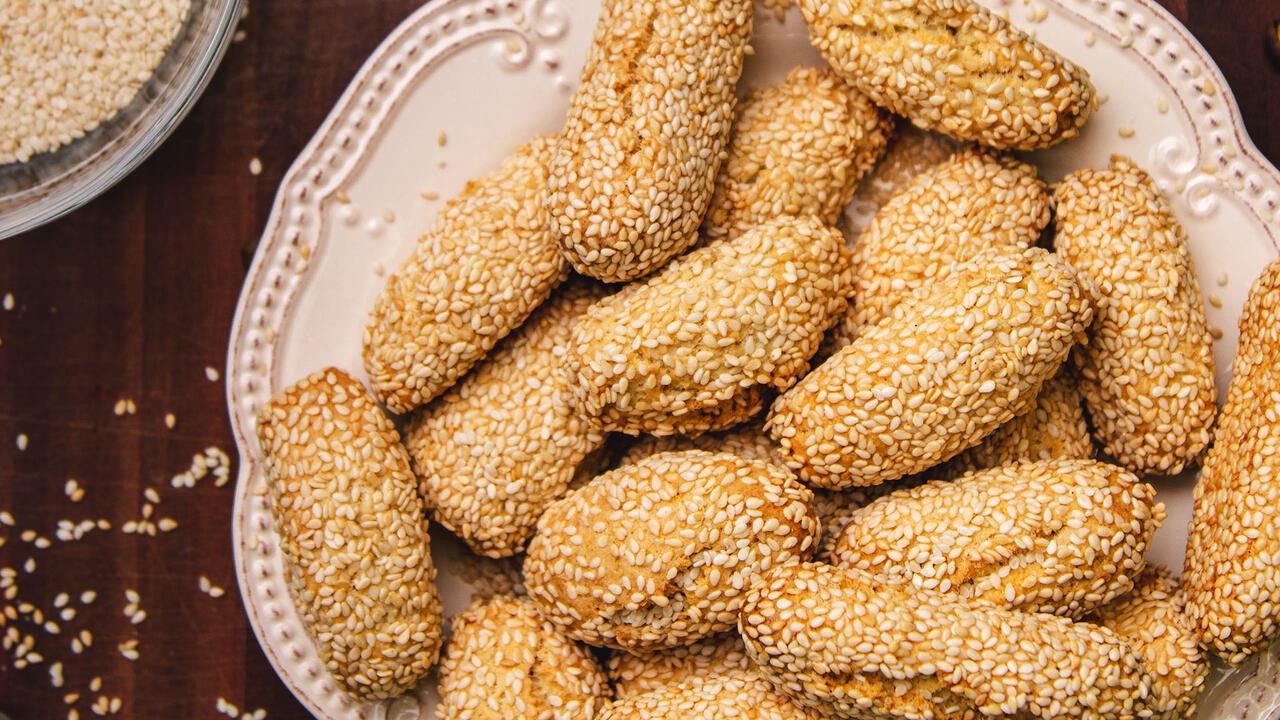
How to Make Sesame Cookies | Buddy Valastro
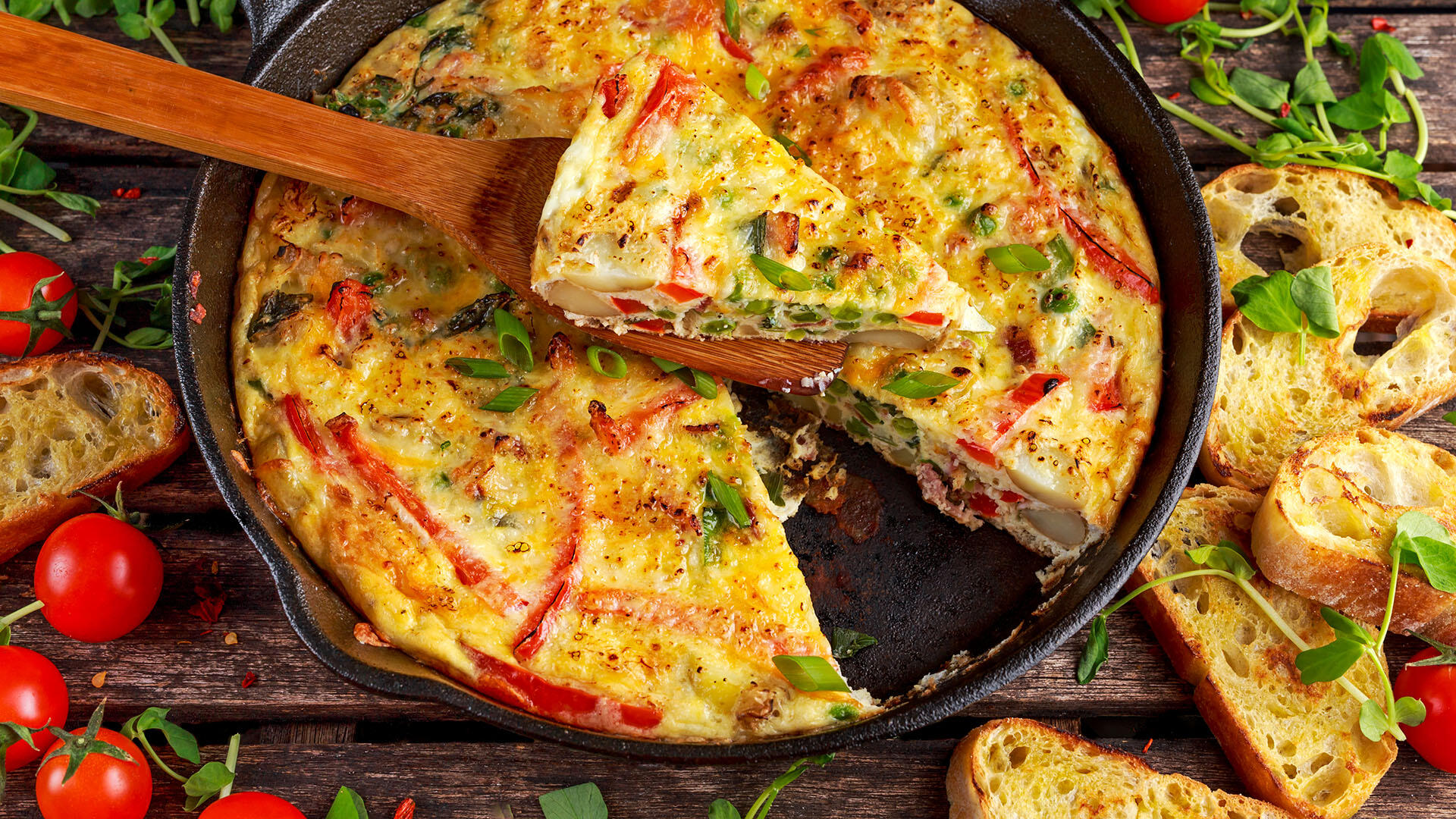
How to Make Tortilla with Potatoes, Piquillo Peppers and Mancheg…
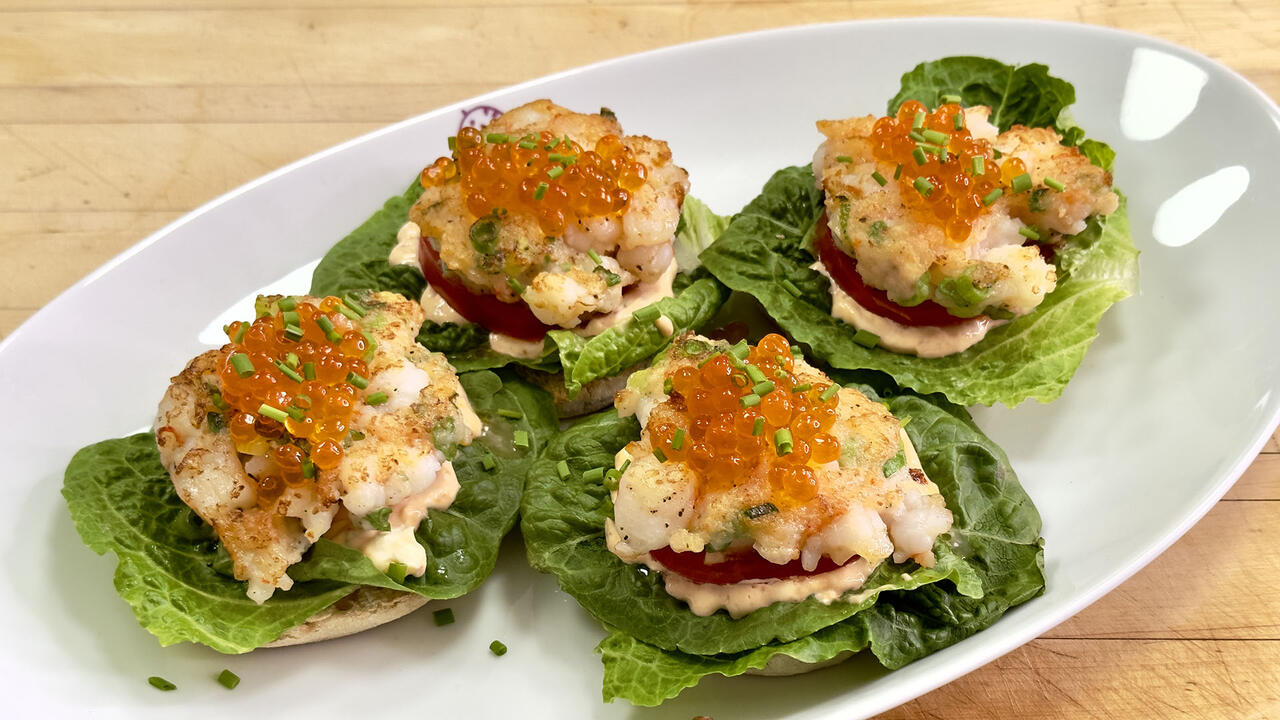
How to Make Shrimp Burgers | Jacques Pepin

How to Make Spanakopipasta | Rachael Ray

Andrew McCarthy Chokes Up Discussing Emotional Trip to Spain wit…

Celebrity Guests Send Farewell Messages After 17 Seasons of the …

Celebrity Guests Send Farewell Messages After 17 Seasons of the …
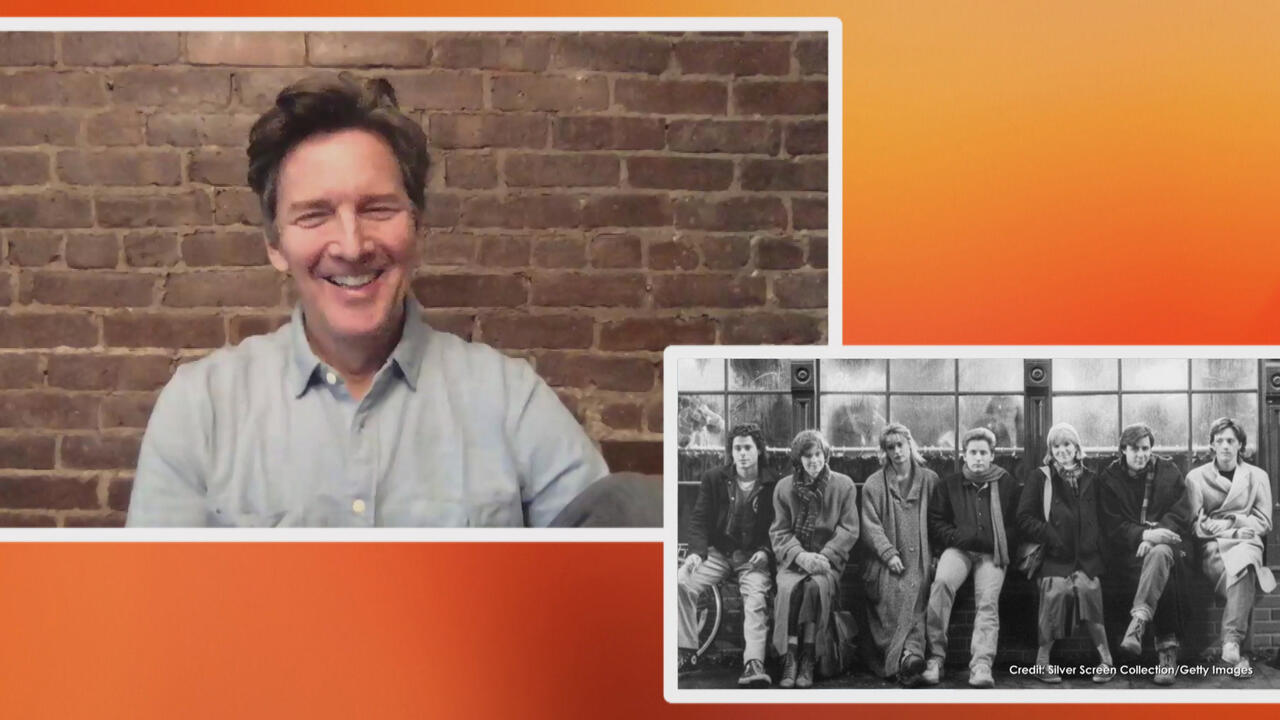
Andrew McCarthy Teases Upcoming "Brat Pack" Reunion Special
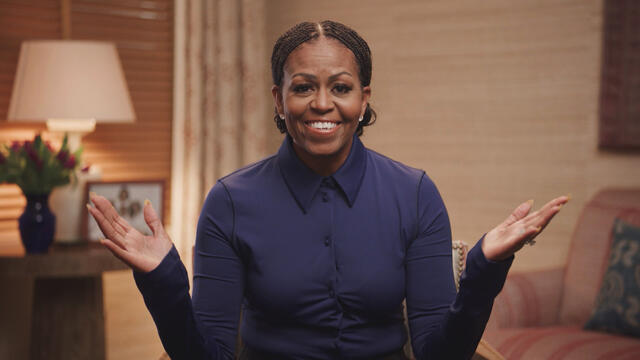
Michelle Obama Toasts Rach's 17 Years on the Air With a Heartfel…
Each product has been independently selected by our editorial team. We may receive commissions from some links to products on this page. Promotions are subject to availability and retailer terms.
You've probably heard of "calories in versus calories out" when it comes to weight loss. But more and more, research shows that it's not that simple. It turns out the quality of calories you're consuming matters a lot in this equation, because your body handles different foods differently.
Dr. Ian Smith breaks it all down in his 20th book, Fast Burn: The Power of Negative Energy Balance, which incorporates a nine-week weight-loss program.
There is one underlying principle when it comes to fat burning that has not changed and remains fundamental, Dr. Ian says. "The amount of fat cells that you have in your body pretty much increases through adolescence and childhood, and then when you're an adult, that fat cell number stays the same," he explains. "When people gain weight, or their fat gets bigger, it's not the number of fat cells. It's the size. As you're gaining weight or eating more food than you can use for energy, the number [of fat cells] doesn't increase, the size actually increases. When you lose weight—when people want to reduce fat in their abdomen and other places—that fat cell decreases in size."
In other words, for weight loss and fat burning to happen, the energy available to your body has to be less than the energy used. To achieve a negative energy balance, Dr. Ian says his nine-week plan is all about intermittent fasting, physical activity, and eating clean foods—including healthy fats.
Here, he demystifies the difference between whole grains and refined grains and discusses good fats vs bad fats.
WHOLE GRAINS vs REFINED GRAINS
Yes, "calories in must be less than calories out when you're trying to lose weight," says Dr. Ian, but "whole grains have fiber in them. The beauty of the fiber is that it's sticky for sugar. Whole grain goes through our stomach, it goes to our small intestines, and then what happens, the fiber is sticky. The little green triangles you see [in the animation in the video above] is sugar and the fiber really sticks to the sugar and doesn't allow too much of it to come out onto our cells. But when it does come out, that sugar becomes our energy. That's a good thing. The fiber doesn't let there be a huge surplus of sugar coming in."
"When you eat refined sugar, like pastries or cupcakes or cookies, it goes into our small intestines, but there is no fiber, so there's nothing to hold back sugar," he continues. "That sugar dumps really fast into our cells, and guess what happens to that extra energy? It becomes fat. The idea is you want to eat more whole grains and less refined sugars."
RELATED: Here's Why You Should Steer Clear of Sugar, According to David Zinczenko
Watch the full animation in the video above to see how each type of grain is processed in your body.
In the book, Dr. Ian includes 33 recipes focusing on improved calorie quality, and he shared one with us—Honey Soy Glazed Salmon.
"There are good fats and there are bad fats," Dr. Ian says. "We shouldn't vilify fats totally. Some fats are necessary for our body. Fat is a storage form of energy. Fat will store vitamins A, D, E and K, so we actually need fat. We're trying to burn bad fat. Salmon is an important source of Omega-3 fatty acids."
Curious about Dr. Ian's nine-week weight-loss program? Dr. Ian shares results from some participants in the video above.

